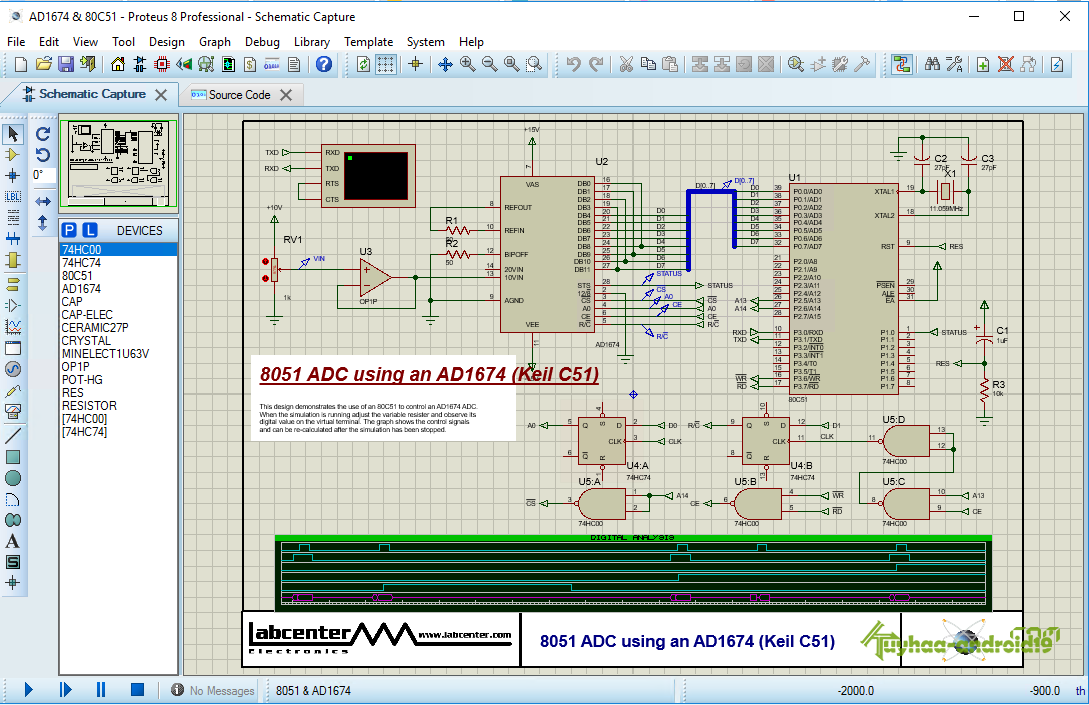


There are a lot of the software and online tools available for simulating the circuit or embedded systems, among them Proteus holds the significant position which is equally popular among students and professionals. The simulation software calculates the behavior of the circuit by calculating the mathematical equation of all the components.Let us now summarize all the custom made simulation models required for simulating the embedded system designed based on the Arduino microcontrollerdevelopment board.Today, I will be sharing some lists of proteus libraries with you guys, though I shared some of them before as well, but they are scattered over the internet.In this projectiot123 tutorial we will Learn the Download Proteus Library of Components.The simulation model of an electronic component contains the information about the input and output relationship of the electronic component in the form of the mathematical equation. Now I will be having that list of libraries altogether so that everyone not only get benefit from it but also find them at their arm’s lentgh. Note: Forst of all you have to download the Proteus software for it from here ( Proteus Professional 5 – Download (). In case you don’t know to install proteus software, you can watch this Youtube Vidoe ( how to download and install Proteus 8 Professional – YouTube) and then an Arduino IDE (Arduino complier) listed below.Īfter installing proetus software no we need to install and Arduino compiler for the simulation, so here are a list of available of ALL Proteus Libraris Download Here Arduino IEDs for Proteus 8 Professional.Aduino UNO for Proteus 8 Interfacing with.Let’s us discuss about the arduino UNO controller for while for get some insight about it. Adruino UNO microcontrollerĪsduino Uno is a controller designed by cc. Arduino UNO is a micorcontroller powered by ATmega 328p and used in various applications and projects of IoT and embedded system. Arduino UNO can be powered up via USB Cable, Battery as well as an AC to DC Adapter.

In Arduino UNO there are 6 analog input pins, 14 I/O digital pins and 6 pins amid the 14 I/O pins are PWM pins.


 0 kommentar(er)
0 kommentar(er)
